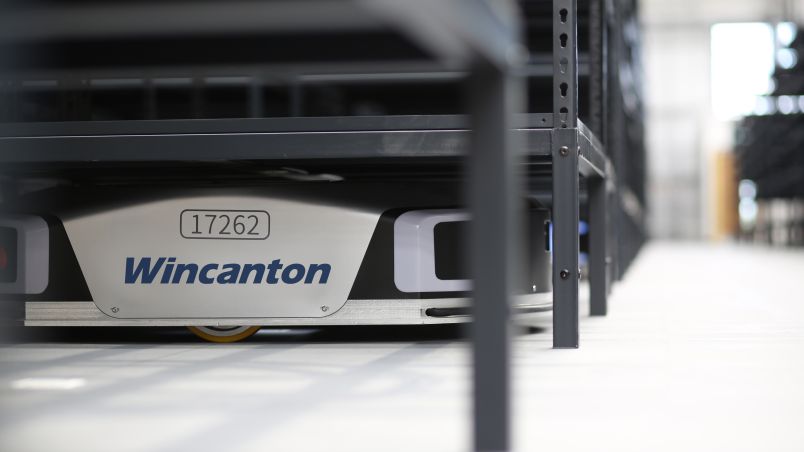
To most of us, buying things online is now a fundamental part of the way we shop. From groceries to clothes, there’s very few things you can’t order online and have it delivered right to your door within days.
The last mile, that final part of the entire delivery process to put the item in your hands, has always been a profitability challenge to retailers. But recent innovations, developments and processes have improved massively on previous standards. To the point where you can now, in some cases, get one-hour delivery.
But delivery is only part of the eCommerce story. The other side, and the trickier part, is getting those items back through the system if returned.
Consumers
In a recent report, it was discovered that 89% of consumers check the returns policy before they make a purchase online. Consumers not only want quick and easy delivery, they always want to be assured of the same easy experience should they wish to return their item. Matching the delivery experience with the returns experience is a major challenge. The processes and mechanisms for delivery are not set up to just reverse the process.
So how can retailers not only meet the returns expectations of their customers, but also limit the financial impact on their own business?
- Reducing the number of returns in the first place is clearly the most obvious place to start. Why are your customers returning items? Take for example a pair of jeans. Is the description of the fit, material and style on your website an accurate representation of the product? Is the product true to size when compared to other items in stock? If the item doesn’t match the expectation then retailers run the risk of a return.
- Do you encourage customers to make a return to a physical store where the item can be quickly assessed and placed back into stock? Although it could involve a customer going out of their way to visit a store, knowing they’ll receive an immediate refund could be enough of an incentive.
- Or perhaps using an online portal to allow a customer to select a specific timeslot for pick-up is your preferred option. Particularly for large, bulky or expensive items.
Whatever solution the retailer uses to get the products back, what they do with them from that point is how they can really reduce the financial impact.
In my next article I’ll look at how innovative returns services and programmes, such as those offered by our partner ZigZag, are making a success of the returns challenge.




